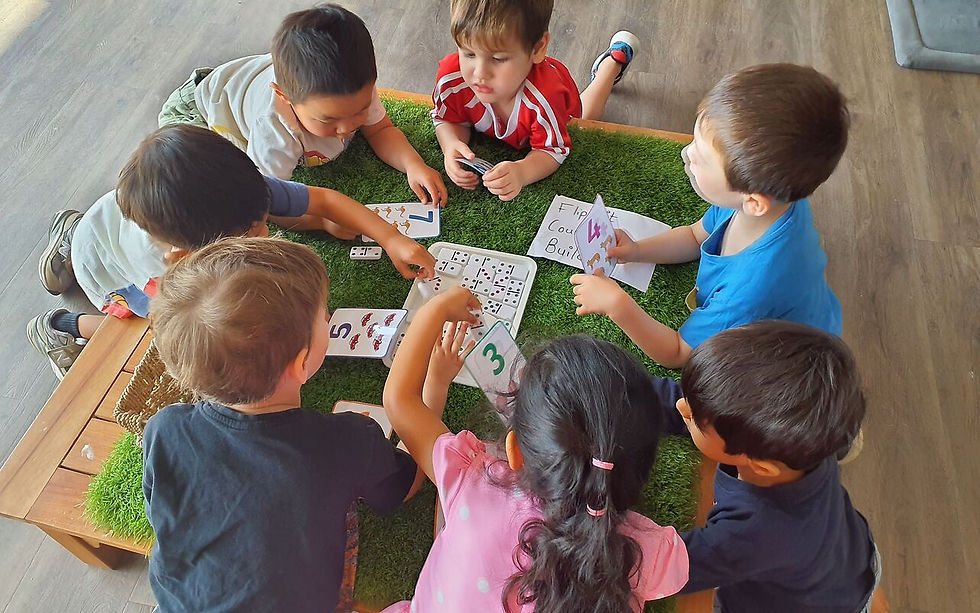Ditching the Dummy: What Parents Need to Know
- Discover My World

- Jun 12
- 2 min read
At Discover My World, we understand that dummies can be a great source of comfort during a child’s early development. However, prolonged dummy use—especially beyond the age of two—can begin to impact speech, dental development, and overall oral health.
According to Australian health professionals and speech pathologists, reducing and eventually removing dummy use is an important step in supporting your child’s growing independence and communication skills. Here’s what you need to know:

Why It’s Important to Say Goodbye to the Dummy
While dummies can offer comfort and security in the early years, holding onto them for too long can start to impact your child’s health and development. Knowing when—and how—to let go is an important part of supporting their next stage of growth.
1. Dental Development
Prolonged dummy use can affect the positioning of the teeth. The upper front teeth may be pushed forward, which can impact the way your child bites and chews.
2. Mouth Breathing
Extended use of a dummy can encourage mouth breathing, which is often linked to persistent dribbling and may contribute to oral health issues in the long term.
3. Speech and Language Delays
When a dummy is in a child’s mouth, it limits their ability to practise essential tongue movements and speech sounds. Children may also engage less in verbal interactions if they have fewer chances to speak without obstruction.
4. Tooth Decay
If a dummy is dipped in sugary substances like honey or jam, it can increase the risk of tooth decay, particularly in the front teeth.
Tips for Supporting Your Child Through the Transition
Letting go of the dummy doesn’t need to be a battle. With the right approach, timing, and a bit of patience, most children adapt more easily than expected. By supporting your child with gentle guidance and consistency, the transition can become a positive milestone rather than a stressful experience.
Be Patient
Many children naturally give up the dummy on their own. Avoid unnecessary pressure—this is a process, not a race.
Pick the Right Moment
Avoid times of stress or major changes (e.g. moving house, starting care) when planning to wean your child off the dummy.
Start the Conversation
If your child is old enough, talk to them about the plan. Involving them in the process can make a big difference.
Limit Use Gradually
Begin by restricting the dummy to certain times or places, such as only at bedtime or in the car.
Set a Date
Once your child is comfortable going without it for longer periods, choose a date to say goodbye for good.
Celebrate the Milestone
A small reward or celebration can help your child feel proud of becoming ‘dummy free’.
Stick With It
Some protest is normal. Be consistent and supportive—your encouragement will help your child adjust.
Further Reading and Resources
For more information and parent-friendly guidance, visit these Australian sources:
Every child’s journey is different, and saying goodbye to the dummy is just one of many steps in supporting their growth and development. With calm consistency, encouragement, and a bit of planning, this transition can be both manageable and empowering—for you and your child.





Comments